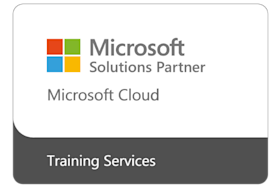Course subjects
Module 1: What is DAX?
This module introduces the use of DAX in different applications.
Understanding the data model
DAX for Excel users, SQL developers, MDX developers, and Power BI users
Module 2: Introducing DAX
This module introduces the components of a DAX formula and explains the different uses of measures and calculated columns.
Understanding DAX calculations
Understanding calculated columns and measures
Handling errors in DAX expressions
Using common DAX functions
Module 3: Using basic table functions
At the end of this module students will be able to write formulas which return a table as the result.
Understanding FILTER, ALL, and ALLEXCEPT
Understanding VALUES, DISTINCT
Using tables as scalar values
Module 4: Understanding evaluation contexts
Filter contexts are crucial to understanding what is happening in a DAX formula and ensuring you get the correct result.
Introducing filter and row contexts
Using the row context with iterators
Understanding FILTER, ALL, and context interactions
Module 5: Understanding CALCULATE
CALCULATE is perhaps the most important function in DAX, allowing you to work with evaluation contexts appropriately.
Module 6: Variables
Learn how to use variables to simplify your DAX formulas.
Module 7: Working with iterators and CALCULATE
Use iterators such as SUMX to meet common reporting needs.
Module 8: Time Intelligence calculations
Understand how to work with dates to write useful time intelligence calculations such as Year to Date and Year Over Year Change.
Building a date table
Using year-to-date, quarter-to-date, and month-to-date
Computing a difference over previous periods
Computing a moving annual total

